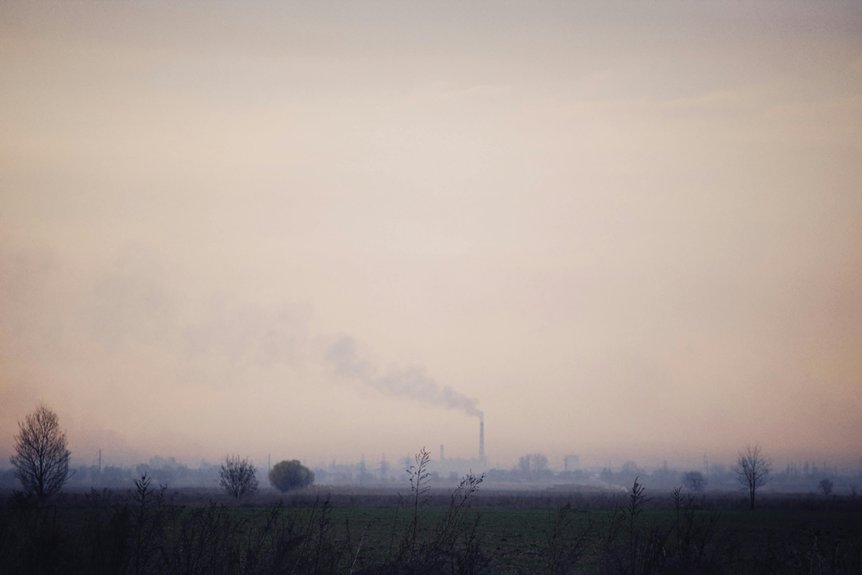
Smoke removal is vital for your indoor air quality. It protects you from harmful toxins and particulate matter that can affect your respiratory health and overall well-being. By ensuring cleaner air, you can enhance lung function and boost your immune system. But how exactly can you achieve this? Let's explore the dangers of smoke exposure and discover effective methods to maintain a healthier living environment.
The Dangers of Smoke Exposure
When you're exposed to smoke, whether from cigarettes, wildfires, or indoor cooking, the health risks can escalate quickly.
Inhalation of smoke can irritate your lungs, leading to coughing, wheezing, and shortness of breath. Long-term exposure heightens your risk of chronic respiratory diseases, including asthma and bronchitis. Even brief encounters can trigger allergic reactions and exacerbate existing health conditions.
Children and the elderly are particularly vulnerable, as their respiratory systems are more sensitive. Additionally, smoke exposure can contribute to cardiovascular problems, increasing your chances of heart disease.
It's essential to recognize these dangers and take action to improve your indoor air quality by removing smoke and preventing its accumulation. Protecting your health starts with understanding these risks.
The Health Benefits of Smoke Removal
Removing smoke from your environment not only enhances your indoor air quality but also brings significant health benefits.
When you eliminate smoke, you reduce your exposure to harmful toxins and particulate matter, which can lead to respiratory issues, allergies, and other health problems. Breathing cleaner air can improve your lung function and boost your immune system, making you less susceptible to infections.
You might also notice better sleep quality, as smoke can disrupt your rest and overall well-being. Additionally, reducing smoke helps create a more pleasant living space, promoting mental clarity and relaxation.
Effective Methods for Smoke Removal
To effectively tackle smoke removal, you can employ a variety of methods tailored to your specific needs.
First, consider using air purifiers equipped with HEPA filters, as they capture fine particles and odors. Ventilation plays a crucial role too; opening windows and using exhaust fans can help circulate fresh air.
If the smoke persists, deep cleaning carpets, upholstery, and curtains can eliminate trapped odors. Additionally, using baking soda or activated charcoal can absorb lingering smells.
For more severe cases, professional smoke remediation services might be necessary. Lastly, adopting smoke-free policies in your home can prevent future issues.
Tips for Maintaining Clean Indoor Air Quality
While you may think of smoke removal as a one-time task, maintaining clean indoor air quality requires ongoing effort.
Start by regularly ventilating your space; open windows to let fresh air circulate. Use high-efficiency particulate air (HEPA) filters in your HVAC system and replace them as needed.
Keep your home clean—dust and vacuum frequently to reduce allergens. Avoid smoking indoors and limit the use of candles or incense.
Incorporate indoor plants that can naturally purify the air, like spider plants or peace lilies. Monitor humidity levels, aiming for 30-50% to prevent mold growth.
Finally, consider using an air purifier to help reduce pollutants. By following these tips, you'll create a healthier indoor environment for you and your family.
Conclusion
In conclusion, prioritizing smoke removal is essential for maintaining healthy indoor air quality. By reducing exposure to harmful toxins, you can protect your lungs, boost your immune system, and enhance your overall well-being. Implementing effective smoke removal methods and adopting simple habits will create a cleaner, more pleasant living environment for you and your loved ones. Don't underestimate the impact of fresh air—making these changes can lead to better sleep, improved mental clarity, and a healthier home.




